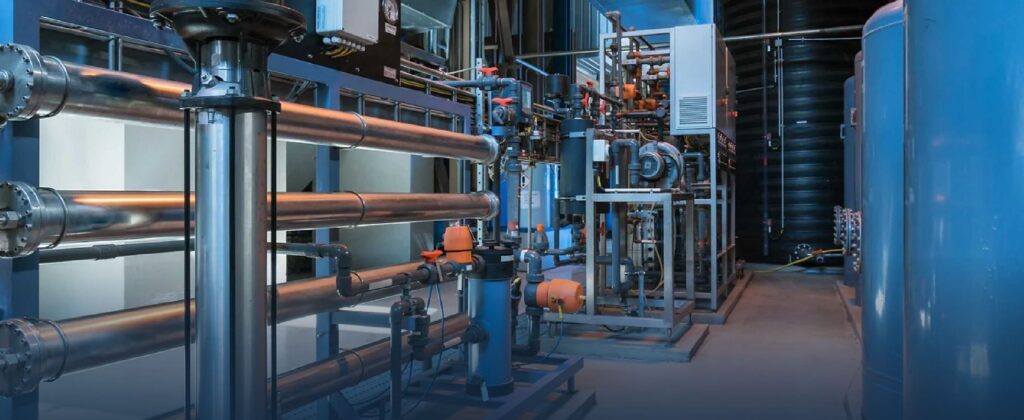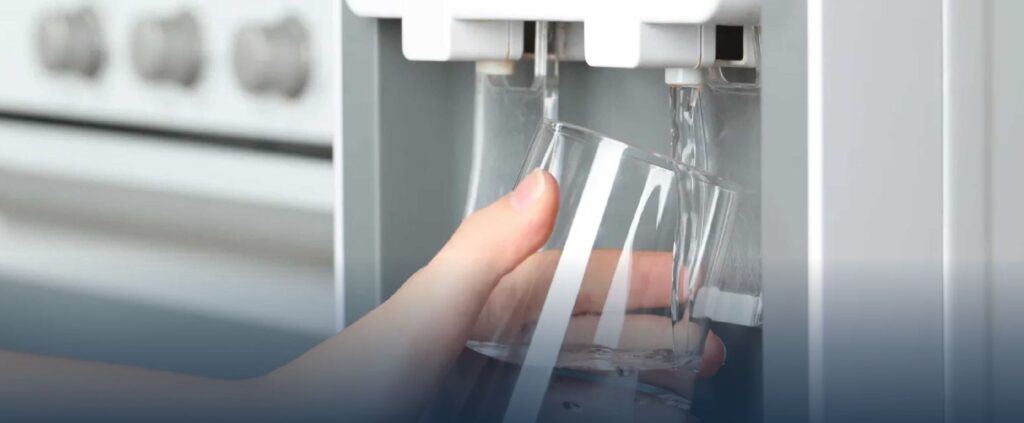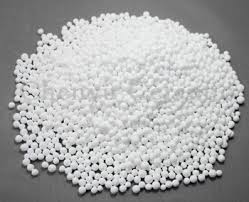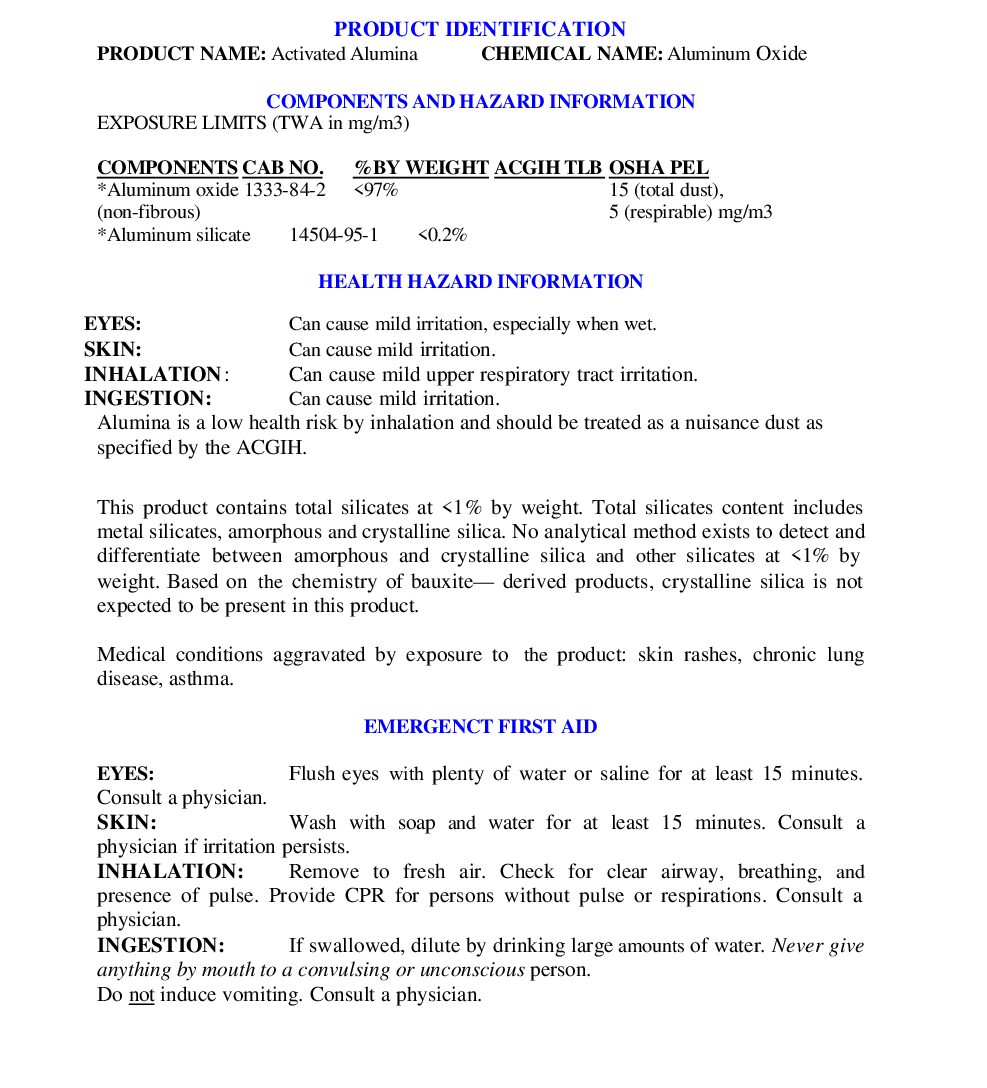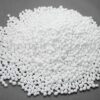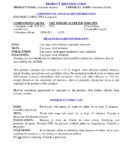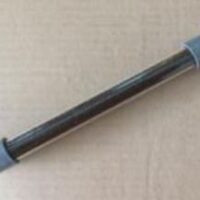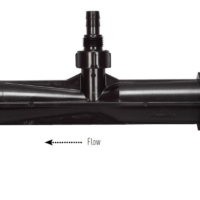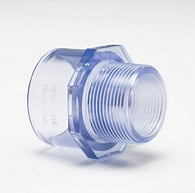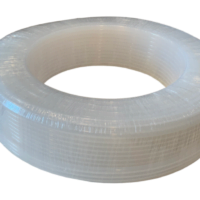Description
Activated Alumina Media
Bone char carbon, hydroxyapatite, activated alumina and reverse osmosis systems are some recommended methods for removing fluoride from drinking water. Some companies claim that regular carbon filters will remove fluoride, but this is not correct. Also, don’t be fooled by single multi-media cartridge units that contain a small amount of media in addition to carbon – a full cartridge of 100% fluoride removal media is needed to allow proper contact time for effective fluoride removal! To be really effective, contact times of 10 minutes or more are required. In Australia, bone char has been banned in applications like the refining of sugar.
Activated alumina filters can easily reduce fluoride levels from 10.0 ppm to less than 1.0 ppm. The amount of fluoride leached from the water being filtered depends on how long the water is actually contacting the alumina filter media. Basically, the more alumina in the filter, the less fluoride will be in the final, filtered water. Lower temperature water, and lower pH water (acidic water) are filtered more effectively too. The ideal pH for treatment is 5.5, which allows for up to a 95% removal rate. Other factors that impact the
efficacy of activated alumina are listed below:
Factors affecting fluoride removal using activated alumina
The activated alumina removes the fluoride via the chemical reaction outlined below, and fluoride needs to be in ionic form.
(Al2O3)n•H2SO4 + 2F → (Al2O3)n•2HF + SO4
Complex fluoro-compounds like PFOS ( C8HF17O3S) are not suited for fluoride removal using activated alumina.
- Total Alkalinity
- pH
- Particle size ( ideal 0.5 to 1 mm) – more expensive!
- Competing ions such as arsenic.
- Temperature- increased temperature increases rate of adsorption
- Contact time for instance contact time of 1 minute will probably not remove more than 10 % fluoride if the initial concentration is 0.8 ppm.
- Number of times activated alumina has been regenerated- progressive decline in capacity- can be regenerated with aluminium sulphate (3-5% concentration)
- Initial concentration of fluoride
Activated Alumina media.
The activated alumina filter reduces lead, arsenic, and fluoride in your water without adding any harmful chemicals or substances to the water
Activated Alumina is widely used as catalyst for recovering sulfur in petrochemical industry, excellent deflouridation agent for drinking water, deflouridation agent for recycling alkyl-hydrocarbon in alkylbenzene production, reclaiming agent for de-acidification in transformer oil, de-arsenic agent in acid industry, adsorbent in the production of hydrogen peroxide solution, catalyst for polyhydro-ammonia by substituting silica gel with ball-shaped product, desiccator and purifying agent for different kinds of gases and liquids.
Chemical Composition
Al2O3 > 93%
SiO2 0.06%
Fe2O 3 0.03%
Na2O 0.5%
Typical Properties- Activated Alumina
BET-surface 300 ± 20 m²/ g
Pore-volume 0.4 ± 0.02 ml/ g
LOI @ 400 ºC < 6%
Water absorption capacity @60% R.H. 20.0% min.
% Fines 0.05% max.
Bulk density 0.7 ± 0.02 kg/ l
Crush strength 120 N min.
Fluoride uptake 1-2500 mg/ kg
Filter Cartridges available in 4 different sizes:
10″x2.5″, 10″x4.5″ 20″x2.5″ and Jumbo cartridges 20’x4.5″ fits all standard filter housings.
Is Fluoride good for you?
Most of us put our trust in fluoride to help prevent tooth decay. It is a common ingredient in toothpaste and mouthwashes, and several countries, including large parts of the Australia, add fluoride to the water supply.
There are those who argue that fluoride prevents tooth decay, however not all scientists are enthusiastic about fluoride. Recent evidence suggests it is not as effective in preventing tooth decay as was originally thought. In fact, it is believed fluoride treatment has the capacity to cause dental disease.
There is also some evidence that fluoride may increase the risk of other health issues, including weakened bones and thyroid conditions. So could adding fluoride to drinking water be doing us more harm than good?
Fluoride is a by-product of certain manufacturing practices (primarily the phosphate fertiliser industry). Precisely what lay behind the decision to add it to water supplies is not clear. Fluoride is, after all, a potentially toxic waste product.
When fluoridation of water started 60 years ago, there was no good evidence to suggest that fluoride might prevent tooth decay. However, partly as a result of later studies which suggested it might have tooth-protecting qualities, fluoridation of water became accepted practice.

